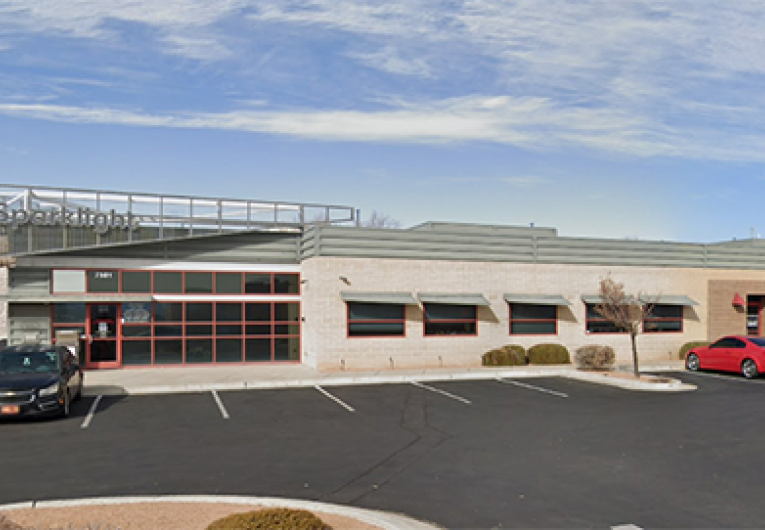
Wide Area Network Advantages
Advantages and Disadvantages of Wide Area Networks
Wide Area Networks, or WANs, have been around since the early 1990s, but the benefits and disadvantages of this method of communication are still being hotly debated by technology professionals around the world. Wide area network solutions allow your organization to communicate across geographic boundaries such as cities, states and even countries securely and quickly. Considered one of the most significant achievements in the lifespan of computing, the internet itself is made up of a series of interconnected WANs that span the globe. However, there are some wide area network disadvantages that are important for you to be aware of before you move your business in this direction. Review these wide area network advantages/disadvantages to see whether this type of communication architecture makes sense for your business needs.
Wide Area Network Benefits
A WAN provides a direct communication mechanism between satellite offices or two or more geographically diverse locations. Unlike Local Area Networks, or LANs, WANs are meant to bridge great distances and can be an exceptional communication strategy for the right organizations. However, if a WAN is similar to the internet, why not simply send your communications that way?
WANs provide dedicated traffic for your organization, and they are much more secure than the internet itself. Additionally, sending your information across the internet means that you have to share bandwidth with millions of other businesses rather than having your own dedicated bandwidth by using WAN. This greater network consistency and security are two of the key reasons that many organizations utilize WANs. Network administrators may also find this solution easier to implement and support, as it may allow them to consolidate multiple services in a single dashboard.
Wide Area Network Disadvantages
Wide area network solutions do allow for a great deal of flexibility and security between two endpoints, but there are some distinct challenges as well. Some smaller organizations may find that the price tag is too high, as connecting two remote locations securely can be more costly than running cable through a single building as you would for a LAN.
The larger the network, the greater the cost involved in setup and maintenance, so it's important for organizations to fully understand the cost structure before moving in this direction. Along with this maintenance cost is the ongoing "care and feeding" of the network, which may require a full-time network engineer to keep it running at peak effectiveness. Downtime with a system of this complexity can be incredibly costly, and load-balancing during a time of additional system stress can be difficult.
It's important to consider the short- and long-term ramifications with purchasing a WAN system, such as ensuring that remote locations are able to maintain security, that your team will be able to handle the additional pressure of maintaining a 24/7/365 data environment and the costs associated with the project.
Learn More Today!
Want to learn more about the best options for your organization? Contact Cable One Business today. Our network professionals will work with you to ensure you have the right solution that fits your needs both now and in the future.
The trends, insights, and solutions you need to grow your business.
By signing up, you’re subscribing to our monthly email newsletter, The
Wire. You may unsubscribe at any time.
Your information stays safe with us. Learn more about our privacy
policy.











![[#MSP_NAME#] Logo](/themes/sparklight_business/images/transition-logos/migration-banner-logo-[#MSP_CD#].png)
